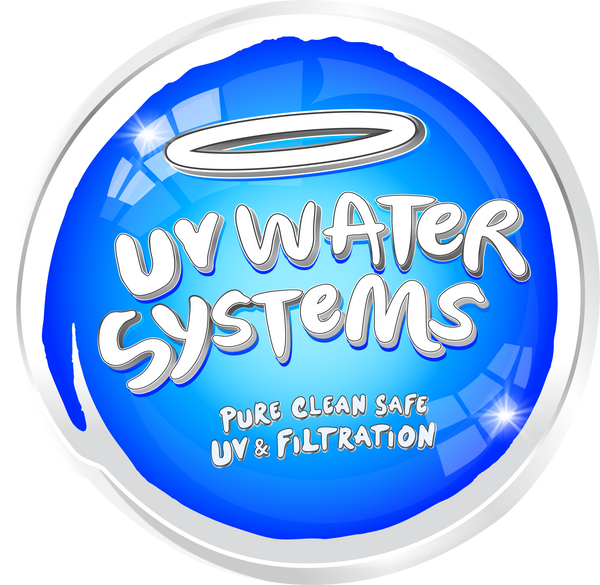Clean water supply remains essential for every New Zealand household, yet several common factors can significantly impact water quality. Understanding and addressing these issues helps maintain clean water and reduces filtration system maintenance costs.
1. Overhanging Trees Impact
Trees near water supply collection areas pose significant challenges to water quality. Falling leaves, twigs, and organic debris from overhanging branches contaminate roof catchment systems and gutters.
Natural decomposition of organic matter introduces tannins and other compounds into the water, affecting taste and colour. Regular tree trimming and maintenance around collection areas help prevent organic contamination of the water supply.
2. Neglected Gutter Systems
Poorly maintained gutters severely impact water supply quality in New Zealand homes. Accumulated debris, leaves, and sediment in gutters create perfect conditions for bacterial growth and contamination.
During rainfall, water flowing through dirty gutters carries contaminants directly into storage tanks. Regular gutter cleaning and maintenance prove essential for maintaining clean water supply systems.
3. Dusty Road Proximity
Properties located near gravel or unsealed roads face unique water supply challenges. Dust and particulate matter from these roads settle on roof catchment areas, eventually entering the water system. Vehicle traffic increases airborne contamination, particularly during dry periods. Installing proper filtration systems and maintaining clean roof surfaces helps mitigate road dust impact on water supply quality.
4. Water Tank Condition
Storage tank cleanliness directly affects water supply quality. Sediment accumulation at tank bottoms creates conditions for bacterial growth and water contamination. Improperly sealed or maintained tanks allow additional contamination from insects, small animals, and environmental factors. Regular tank inspection and cleaning ensure maintained water supply quality throughout the storage system.
5. Environmental Contaminants
New Zealand's diverse environment introduces various water supply contaminants. Agricultural activities, construction work, and natural environmental factors affect water quality.
Pollen, airborne particles, and seasonal changes contribute to water contamination. Understanding local environmental factors helps implement appropriate water treatment solutions.
Impact of Poor Water Supply on Filtration Systems
Poor water supply quality significantly affects filtration system performance. Contaminated source water reduces filter lifespan and increases maintenance frequency. Addressing contamination sources reduces operational costs and maintains consistent water quality throughout the year.
Professional Assessment
Regular professional evaluation of water supply systems identifies potential quality issues. Water quality experts can recommend specific solutions for local conditions. Professional guidance ensures appropriate maintenance and treatment protocols for specific situations.
Health Considerations
Clean water supply directly affects household health and well-being. Contaminated water may contain harmful bacteria, chemicals, or particles. Proper maintenance protects family health through consistent water quality management.
Modern Solutions
Advanced technology offers new solutions for water supply quality management. Modern filtration systems, water quality monitors, and maintenance tools improve water management. Innovation in water treatment continues to provide better solutions for quality challenges.
Long-term Planning
Developing comprehensive water supply maintenance plans ensures consistent water quality. Regular system upgrades, maintenance schedules, and quality monitoring protect water systems. Long-term planning prevents major issues and maintains reliable water quality.
Conclusion
Maintaining a clean water supply requires understanding and addressing common contamination sources. Regular maintenance, appropriate filtration, and professional support ensure consistent water quality. Proactive management of water systems protects both health and equipment while reducing long-term costs.


